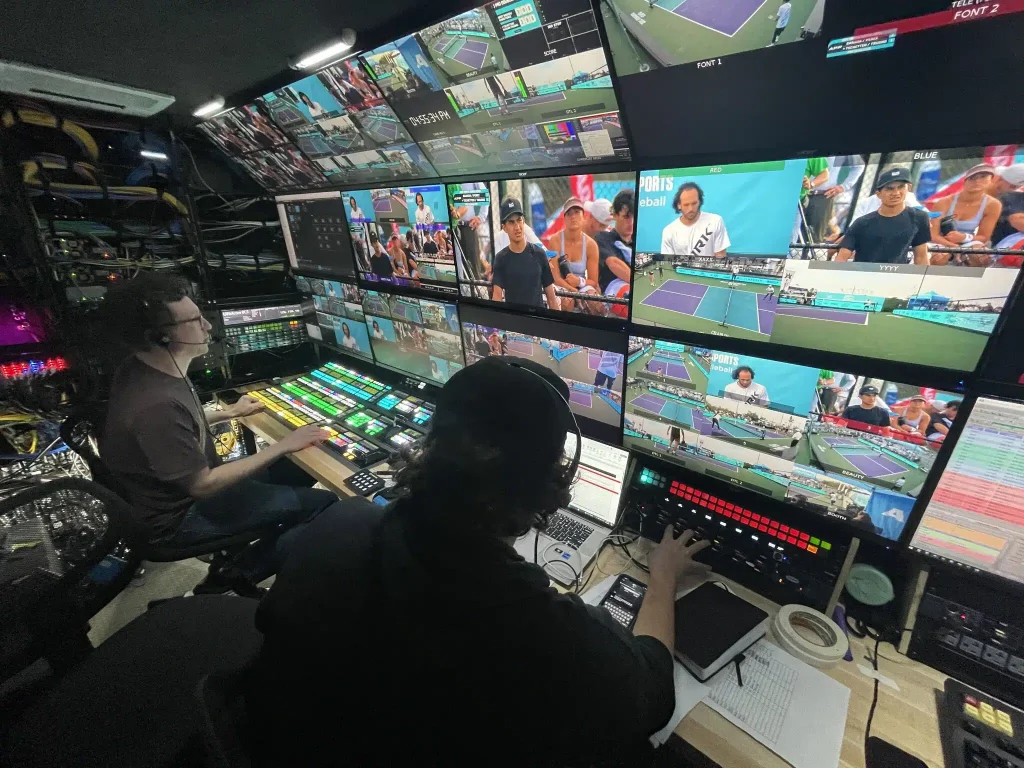Sports broadcasting is profoundly influenced by cultural differences, which shape how sports are presented, consumed, and valued around the world. These differences manifest in various ways, including the types of sports that receive prominence, the style of commentary, and the way audiences engage with broadcasts. In the United States, for instance, the broadcasting of American football, basketball, and baseball is characterized by high-energy commentary, elaborate pre-game and post-game analysis, and a strong emphasis on statistics and player performance. This reflects the American cultural fascination with individual achievement and competitive spirit, where detailed analysis and fast-paced commentary cater to an audience that values in-depth information and excitement. In contrast, European sports broadcasting often emphasizes the communal and historical aspects of sports. For example, in the UK, football soccer broadcasts frequently highlight the rich history of clubs and the deep-rooted rivalries between teams. Commentaries are often more understated and focus on the game’s flow rather than statistical breakdowns.

This style aligns with the European cultural appreciation for tradition and the communal experience of sports. Similarly, in Spain and Italy, football broadcasts are known for their passionate and emotional commentary, reflecting the strong cultural connection to the sport and its role in societal identity. In countries like Japan and South Korea, sports broadcasting is shaped by a blend of traditional values and modern influences. In Japan, baseball broadcasts are particularly notable for their meticulous presentation and respect for the sport’s traditional aspects, including detailed player introductions and ceremonial elements. The Japanese approach often integrates cultural elements such as respect for the players and a focus on the aesthetic aspects of the game. Meanwhile, South Korean sports broadcasts, particularly in esports, highlight the nation’s growing influence in digital sports and gaming, with a focus on innovative broadcasting techniques and interactive elements that appeal to tech-savvy audiences. In Australia, sports broadcasting reflects the country’s unique sporting culture, with a focus on Australian rules football, cricket, and rugby.
The style of 해외스포츠중계 often incorporates a laid-back, conversational tone, reflecting the Australian cultural emphasis on informal, friendly interactions and the enjoyment of sports as a social activity. The Australian approach often features casual commentary and an emphasis on camaraderie and enjoyment rather than solely competitive aspects. In regions like the Middle East, sports broadcasting is influenced by both local traditions and international sports interests. Football is immensely popular, but broadcasts often include a mix of local cultural elements and international coverage. For instance, Arabic sports channels might blend traditional commentary styles with global sports trends, catering to a diverse audience with varied preferences. Overall, cultural differences play a critical role in shaping sports broadcasting practices globally. The way sports are presented, discussed, and celebrated on television or digital platforms reflects deeper cultural values and societal norms. Whether it is the high-energy analysis in the US, the historical narratives in Europe, or the innovative approaches in Asia, these practices reveal how deeply embedded sports are in cultural identities and how broadcasting adapts to meet the preferences and expectations of diverse audiences.
